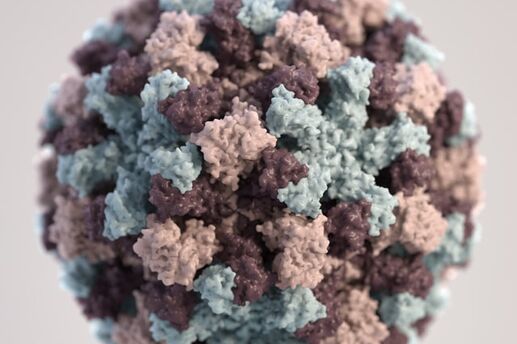Cold and Flu Tactics That DON'T Work

Chicken soup? Check. Lots of rest? Double check. You have a plan when someone in your house comes down with a cold or flu. Some of the things you do are the same that your mother did for you. That's because most remedies have withstood the test of time. But since upper respiratory infections are the most common illnesses in the world -- and kids are always getting them -- you're constantly on the lookout for new comforts and cures.
Luckily, researchers are on the same mission. They want your little one to feel better just as much as you do. They're out in the fields and in the labs collecting up-to-the-minute information for getting healthy and staying that way. Here are six new science-backed approaches that'll help your family feel better
Outdated Cold and Flu Tactic No. 1: Put off the doctor's visit.
New Approach: Call the office.
So your child has a few sniffles. Not a big deal, right? While it's true that the common cold isn't a life-threatening concern for most people, the flu is another story. On average each year, 20,000 kids under the age of 5 are hospitalized from flu-related illness, according to the Centers for Disease Control and Prevention.
The reason you should check in with your doctor ASAP? The sooner your child sees the pediatrician, the faster she can be diagnosed with either a cold or the flu, says Dr. Amesh Adalja, an infectious disease physician at the University of Pittsburgh Medical Center.
Since both of these viral infections cause congestion, cough and tiredness, it can be difficult for parents to tell the difference between them (though the flu often brings on more severe symptoms more quickly, such as high fever, body aches, chills and sore throat). And if you catch the flu soon enough -- or within 48 hours of infection -- prescription antiviral medicines can stop the virus from spreading, so the misery won't last as long.
But what if it's just a cold? Then you'll feel assured that everything will be OK when the virus runs its course within about seven to 10 days, says Dr. Rocco Costabile, a family practitioner in Philadelphia. Ask your pediatrician for individual instructions for the antihistamines, cough suppressants, pain relievers and TLC that will make your child feel more comfortable.
Outdated Cold and Flu Tactic No. 2: Lower the fever ASAP.
New Approach: Mild fevers are OK.
Fevers are scary: A recent study showed that 83 percent of parents believe a fever is harmful to children, and 92 percent experience fear when their kids have one. But running a temperature is actually a sign of a healthy immune system. "The body works more efficiently at fighting infections at higher temperatures," says Adalja. A mild temperature -- below 101 F -- can actually be beneficial for fighting a cold or flu.
You do have to be on top of fevers when your child is younger than 2 months old, explains Dr. Carol J. Baker, a pediatrician and chairwoman for the Childhood Influenza Immunization Coalition. Babies need to go straight to the doctor when they're registering above 99 F, she says. Kids younger than 5 -- especially newborns -- are prone to febrile seizures with high fevers of 102 F to 105 F. Below that is usually not a worry, says Adalja.
If you've got a 5-year-old with a runny nose, take her temperature, but don't get too excited until it's above 101 F," explains Baker. At that point, call the doctor and give the child a fever reducer like acetaminophen or ibuprofen (but never aspirin, which may result in a rare but life-threatening condition in kids called Reye's syndrome). Baker adds that sometimes if your little one really feels bad, you may decide to lower the fever with medication simply to make her feel better.
Outdated Cold and Flu Tactic No. 3: Feed a fever, starve a cold.
New Approach: Drink up!
Feed a fever, starve a cold is definitely an old wives' tale, explains Costabile. The truth is that kids may not feel like eating when they're sick. But it's very important that they drink, especially if they're running a fever, because that makes them burn through calories faster.
"The immune system works better when it's hydrated rather than dehydrated," says Costabile. When cells are dehydrated, they contract, explains Baker. Achy muscles will feel worse, and loss of fluids causes headaches. Get kids to drink anything, according to their preferences, but encourage beverages that contain water, sodium and other salts. Electrolyte drinks are best, but if all the child will drink is soft drinks for two days, that's OK, says Baker.
Then offer up the old standby: chicken noodle soup. Researchers at the University of Nebraska Medical Center completed a study that shows that this time-tested favorite does, in fact, make sick people feel better. "There's nothing special about it in terms of magic antiviral activity," says Baker. "But when you feel bad, you want someone to sympathize with you and love you. Chicken noodle soup works for me.”
Like this article? Get more by following us on Facebook at Beauty & Confidence.

